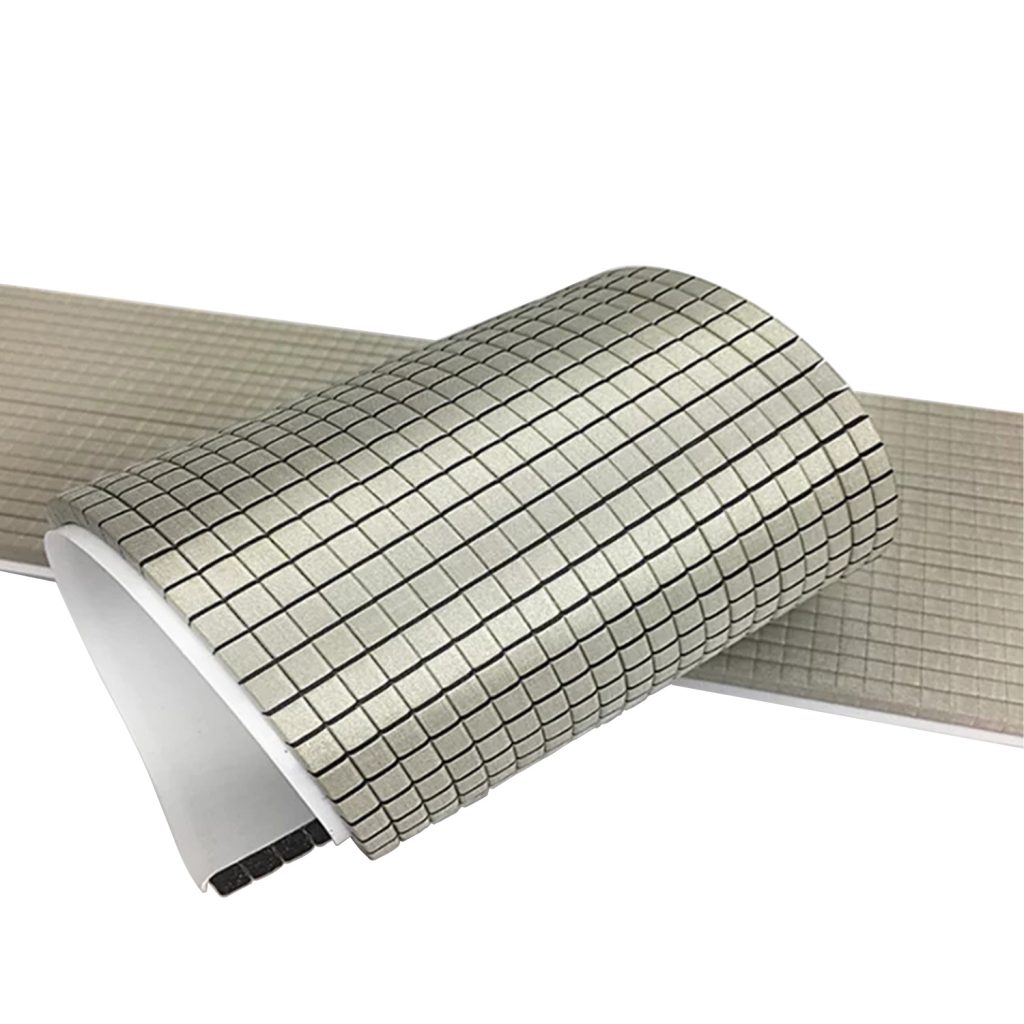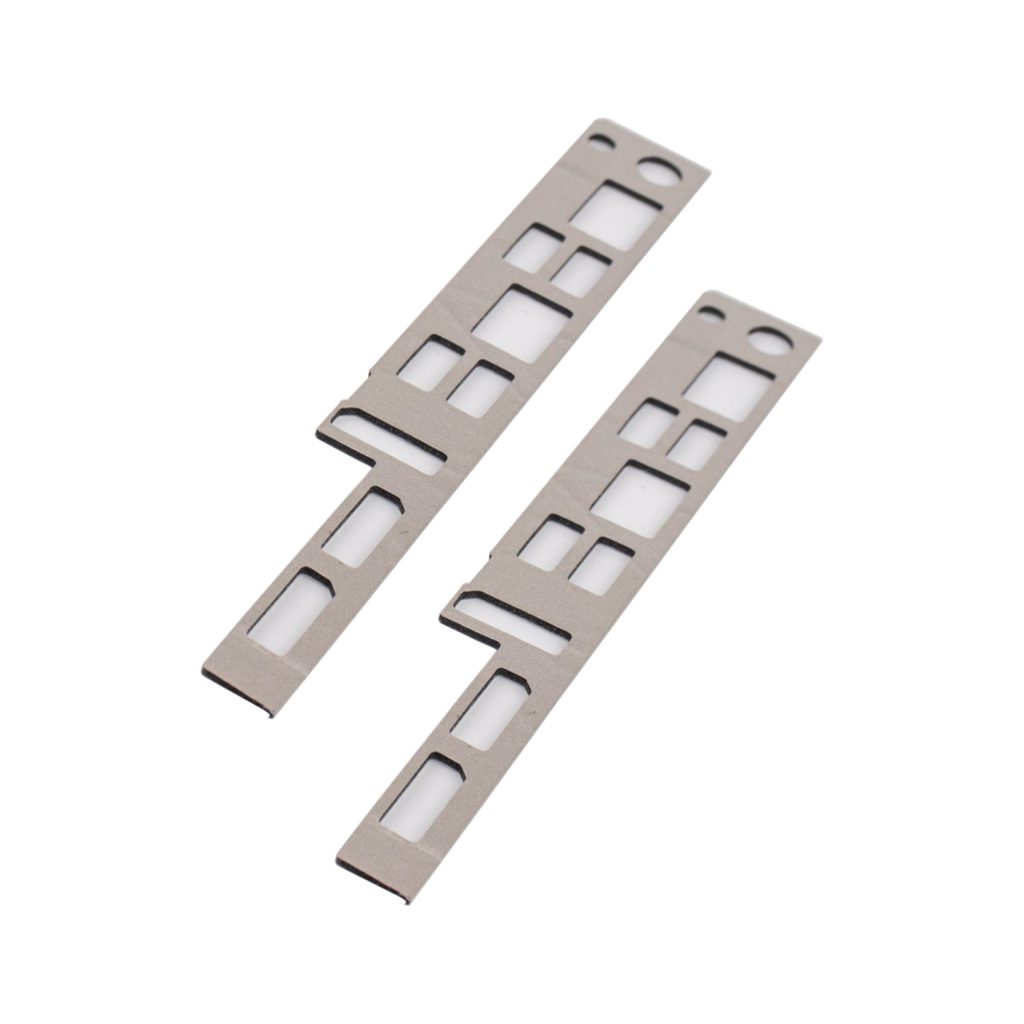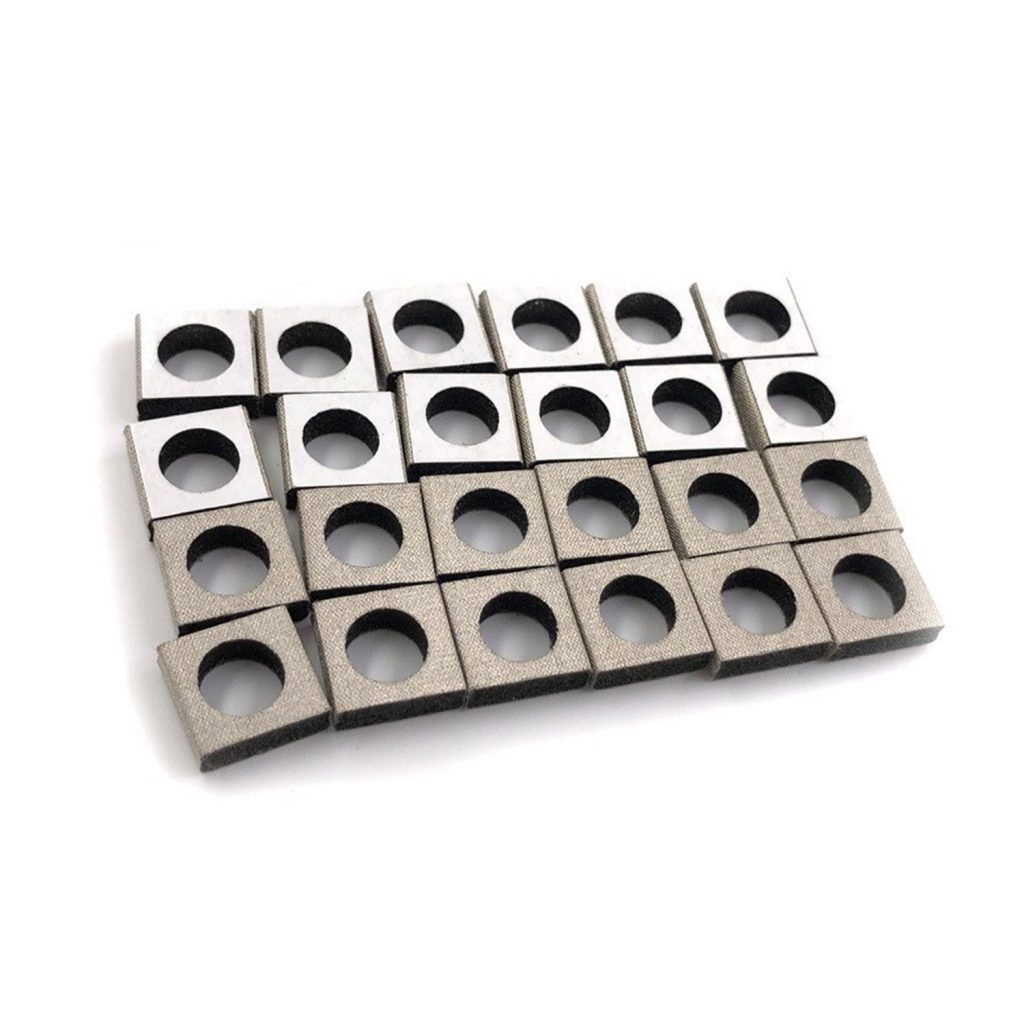Conductive foam gasket is a foam material with conductive properties, usually made of polyurethane foam and conductive materials (such as carbon powder, metal powder, etc.). conductive foam gasket plays an important role in various fields.

1. Electronic products: conductive foam gasket is widely used in the production and assembly of electronic products such as PDP TVs, LCD monitors, LCD TVs, mobile phones, notebook computers, MP3s, etc., providing electromagnetic shielding, electrostatic protection, and thermal dissipation for these devices.
2. Communication cabinets and medical instruments: High-end electronic equipment such as communication cabinets and medical instruments are highly sensitive to electromagnetic interference and electrostatic discharge. The conductive properties and corrosion resistance of conductive foam gasket make it an ideal choice for these devices.
3. Military and aerospace: In the aerospace and military fields, conductive foam gasket is used for electromagnetic shielding and electrostatic protection of aircraft, rockets and various weapons and equipment to ensure their normal operation and data security.
Chemical and chemical industry: In the field of chemical and chemical industry, conductive foam gasket is also used for electrostatic protection of various chemical reactors and storage tanks to prevent electrostatic discharge accidents.
In addition, conductive foam gasket can also be used in turnover, storage, transportation, packaging and other fields that require buffering and shock absorption. With the continuous development of science and technology, the performance and application scope of conductive foam gasket will continue to expand, injecting new vitality into the development of modern science and technology. For example, in the field of new energy vehicles, conductive foam gasket can be used for electromagnetic shielding and electrostatic protection of battery packs; in the field of smart homes, conductive foam gasket can be used for electromagnetic compatibility and electrostatic protection of various smart devices.

The production process of conductive foam gasket has the following key steps:
1. Raw materials
The main material of conductive foam gasket is composed of foam matrix and conductive agent. The foam matrix often uses polyurethane, polyimide or polystyrene, etc. These materials themselves have good softness, water resistance and corrosion resistance, providing a stable physical basis for conductive foam gasket. Conductive agents include metal powders (such as silver, copper, nickel, metal nanoparticles, etc.), carbon black, silver paste or graphene powder, etc., to improve the conductive properties of the material.
2. Mixing molding
Mixing: Mix the foam matrix and the conductive agent evenly. This step can be achieved by stirring or other mixing processes to ensure that the conductive agent is evenly distributed in the foam matrix.
Molding: The mixture is processed into a foam shape through a specific molding process, such as molding, injection molding or extrusion molding. Parameters such as temperature, pressure and time need to be controlled during the molding process to ensure that the density, thickness and shape of the foam meet the design requirements.
3. Heat treatment and chemical treatment
The conductive foam gasket after molding needs to undergo a series of heat treatments and chemical treatments to ensure that the conductive agent is tightly combined with the foam matrix and further improve its conductive properties and stability. These treatments may include steps such as drying, curing, and cross-linking.
4. Cutting and packaging
Cutting: Use a die-cutting machine to cut the conductive foam gasket into the required shape and size. During the cutting process, it is necessary to ensure that the edges are neat and there are no burrs or fine chips left.
Packaging: The cut conductive foam gasket is packaged for storage and transportation. During the packaging process, it is necessary to protect the surface of the foam to avoid scratches or contamination.
5. Performance testing and optimization
The finished conductive foam gasket needs to be tested for performance, such as conductivity test, shielding effectiveness test, rebound rate and tensile strength test. According to the test results, the production method can be optimized to improve the performance and quality of the conductive foam gasket.
6. Special production process
In addition to the basic production steps mentioned above, there are some special production processes that can be used to make different types of conductive foam gasket. For example, raw materials such as composite aluminum foil, double-sided conductive tape and PU sponge can be used to make wrapped conductive foam gasket through specific molding and pasting processes. This conductive foam gasket has better conductivity and shielding effectiveness, and is suitable for occasions with higher requirements for electromagnetic interference.
Precautions
During the production process, the quality and ratio of raw materials need to be strictly controlled to ensure the stable performance of the conductive foam gasket.

Parameters such as temperature, pressure and time need to be controlled during the molding process to avoid deformation or defects of the foam.
The surface and edges of the foam need to be protected during cutting and packaging to avoid damage or contamination.
Performance testing is an important part of ensuring the quality of conductive foam gasket, and it needs to be tested and optimized according to specific application scenarios and requirements.